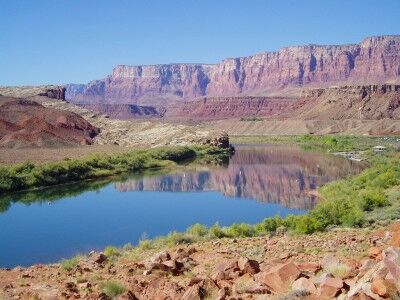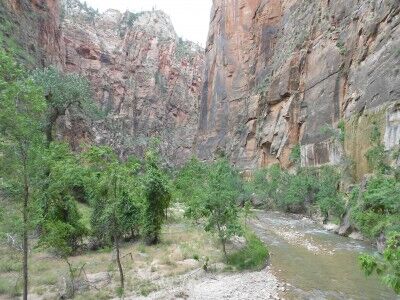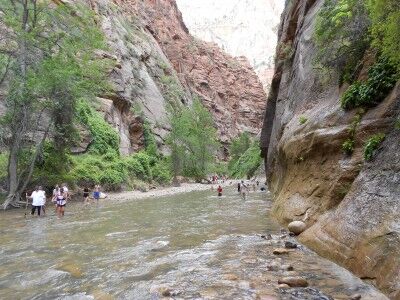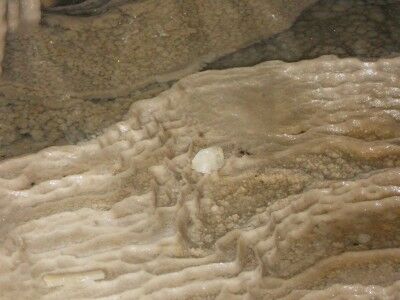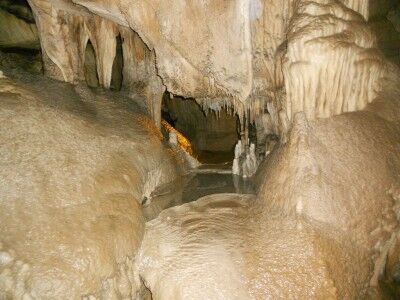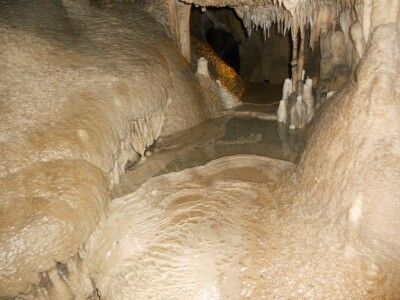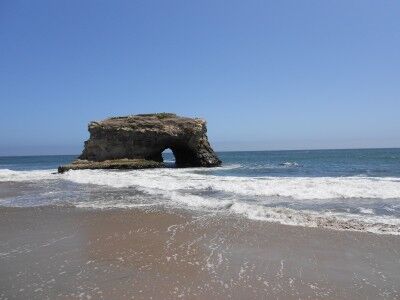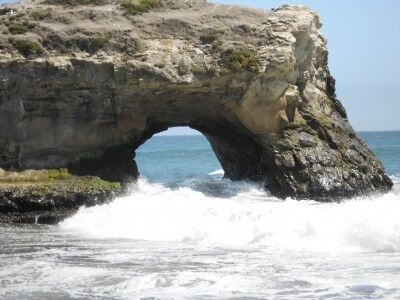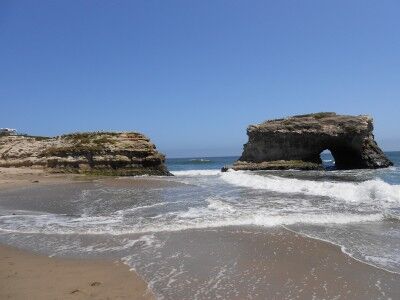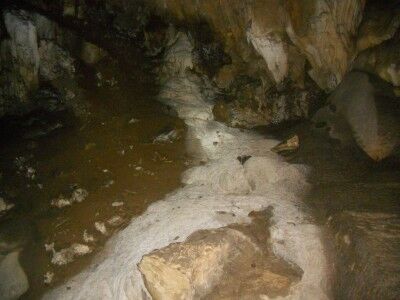While not technically a National Park (there are a lot of rock outcroppings along the shoreline which are all part of the California Coastal National Monument), Glass Beach in Fort Bragg, CA is definitely worth a visit. It’s not often that you see a beach that is almost entirely made of sea glass (also called beach glass, mermaids tears, lucky glass, ocean glass and sea gems) that is several inches thick in some places:
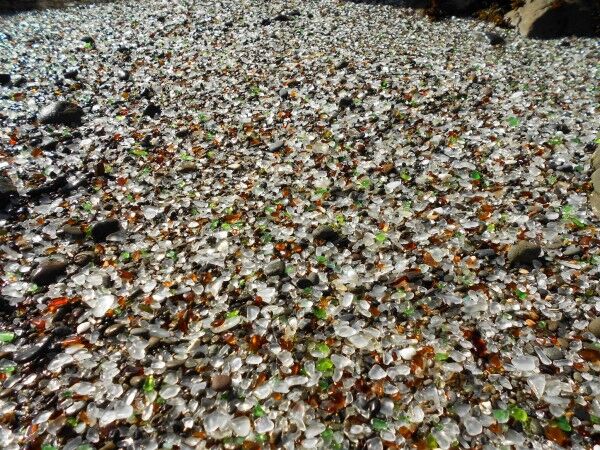
Most people assume that sea glass comes from glass garbage dumped out at sea that eventually makes its way to the shore. In many cases, this is how sea glass arrives on the beach, but not in the case of Glass Beach in Fort Bragg. Instead, the glass has been there for up to 100 years getting churned by ocean waves and sand.
Towns along the sea coast used to dump all their garbage into the oceans. In most areas, the tide would come in and sweep all the garbage out to sea, but the rock formations at Fort Bragg create a unique wave pattern that kept everything on the beach. Basically, all the glass garbage that was dumped in the Fort Bragg dumps from 1906 – 1967 remains where it was dumped and over the years the sand and tides have smoothed the sharp glass into smooth, rounded sea glass pebbles of many different colors making the entire beach a “glass beach.” It also has resulted in Fort Bragg having the highest concentration of sea glass in the world.
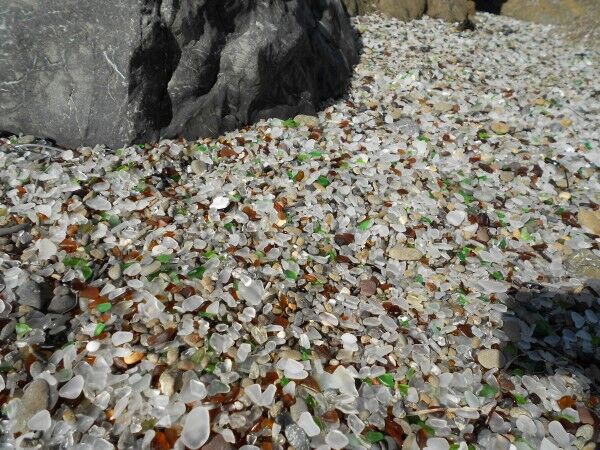
It’s a pretty incredible sight with the sea glass several inches thick in some areas. It also makes for excellent foreground photographs of the California Coastal National Monument outcroppings just off the coast:
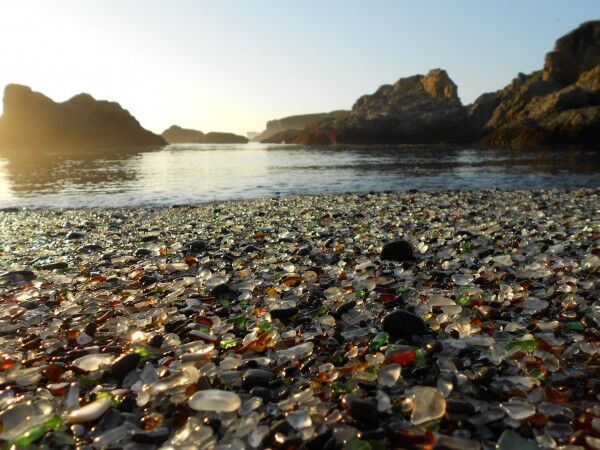
Here is a short video I took at Glass Beach:
There are actually 3 Glass Beaches in Fort Bragg. The one that is most famous is part of MacKerricher State Park (CA) and was the Fort Bragg dump from 1949 – 1967. I took these photos and video at the 1943 – 1949 dump site which is just south of MacKerricher State Park. There is another dump site that ran from 1906 – 1943, but it’s only accessible by sea kayak.
For those interested in directions how to get to 1943 – 1949 dump site, there is a Glass Beach Museum on highway 1 toward the south end of Fort Bragg where you can get a map of all the glass beaches in Fort Bragg (and see an amazing display of sea glass).

